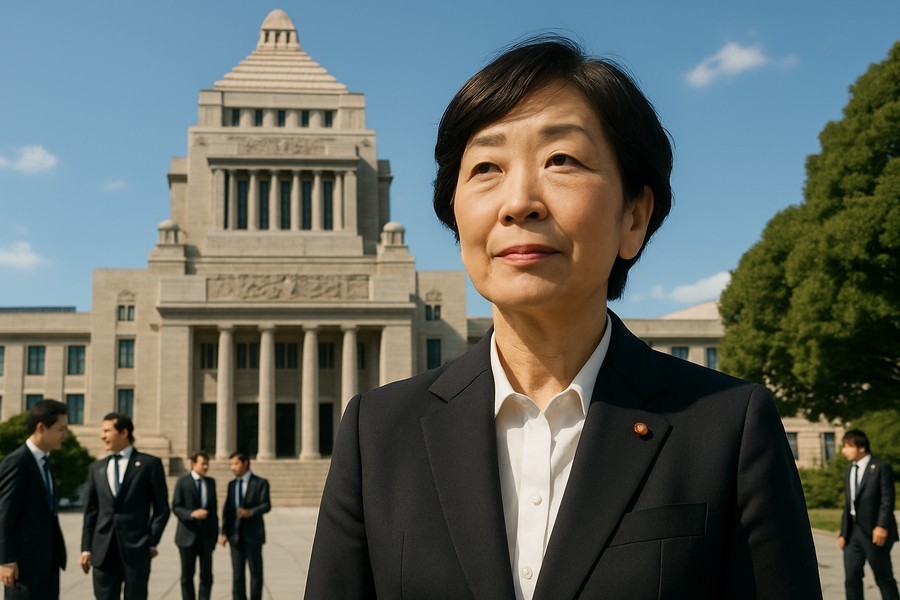
Pioneering Change: a Woman at the Helm in Japan
Sanae Takaichi, leader of the ruling party in Japan, is now in line to become the first female prime minister of the country. This comes after the departure of a key partner from her Liberal Democratic Party's alliance, creating a need for a replacement.
At 64, Takaichi is expected to take over from Prime Minister Shigeru Ishiba in the upcoming parliamentary vote. If she succeeds, it will fill the political void that has been present for the last three months following the coalition’s defeat in the parliamentary election.
A New Alliance
The Komeito party, known for its moderate centrist leanings, broke away from the LDP after an alliance lasting 26 years. This followed Takaichi's election as party leader and her subsequent struggle to find a replacement partner to garner enough votes for her to become prime minister.
The departure of the Komeito party was prompted by concerns about Takaichi's strongly conservative political stance and the LDP’s lackadaisical approach to corruption allegations which led to consecutive election losses.
While the top three opposition parties were unable to unite and change the government, Takaichi quickly formed a partnership with the most conservative among them, the Osaka-based Japan Innovation Party. However, the long-term stability of this alliance remains uncertain.
The new coalition agreement is expected to be signed soon, but it will still leave Takaichi's potential premiership on shaky ground. The new coalition will still be a minority, requiring support from other opposition groups to pass any legislation.
Challenges Ahead
Takaichi will be faced with significant diplomatic challenges soon after assuming office, including discussions with U.S. President Donald Trump and regional summits. Domestically, she will need to address rising prices and implement measures to boost the economy in order to appease a frustrated public.
Not All Celebrations
While Takaichi's potential ascension to the prime minister's office breaks the glass ceiling in a country struggling with gender equality, not all women are celebrating. Some view her imminent premiership as a setback.
Takaichi, a leading conservative figure in her male-dominated party, has been seen as an obstacle to measures promoting women’s advancement. She supports the imperial family’s male-only succession, opposes same-sex marriage, and is against a revision to the civil law allowing separate last names for married couples.
The Road Ahead
Should Takaichi succeed in the parliamentary vote, she will launch her Cabinet immediately and deliver a policy speech later in the week.
Takaichi is expected to follow the economic and security policies of her mentor, the late Prime Minister Shinzo Abe. However, with a potentially weak hold on power, it’s unclear how much she will be able to accomplish.
She will have only a few days to prepare for major regional summits and discussions with Trump. She will need to ensure stable ties with China and South Korea, which are concerned about her views on wartime history and past visits to the Yasukuni Shrine.
Within days, she will be faced with the task of following up on Japan’s pledge of $550 billion to the Trump administration as part of a U.S. tariff deal.
Political Instability
Political observers suspect that a Takaichi government will not last long. There might be a need for an early election later this year, in hopes of regaining a majority in the lower house, although that will be challenging.
There are also concerns about how Takaichi, a proponent of fiscal expansion, can coordinate economic policies with the fiscal conservative views of the Japan Innovation Party.
"The era of LDP domination is over and we are entering the era of multiparty politics. The question is how to form a coalition," said a political commentator, noting a similar trend in Europe. "We need to find a Japanese way of forming a coalition and a stable government."
This political shift reflects a broader trend in democracies worldwide as mainstream political parties lose popularity and voters act out of frustration and resentment.
